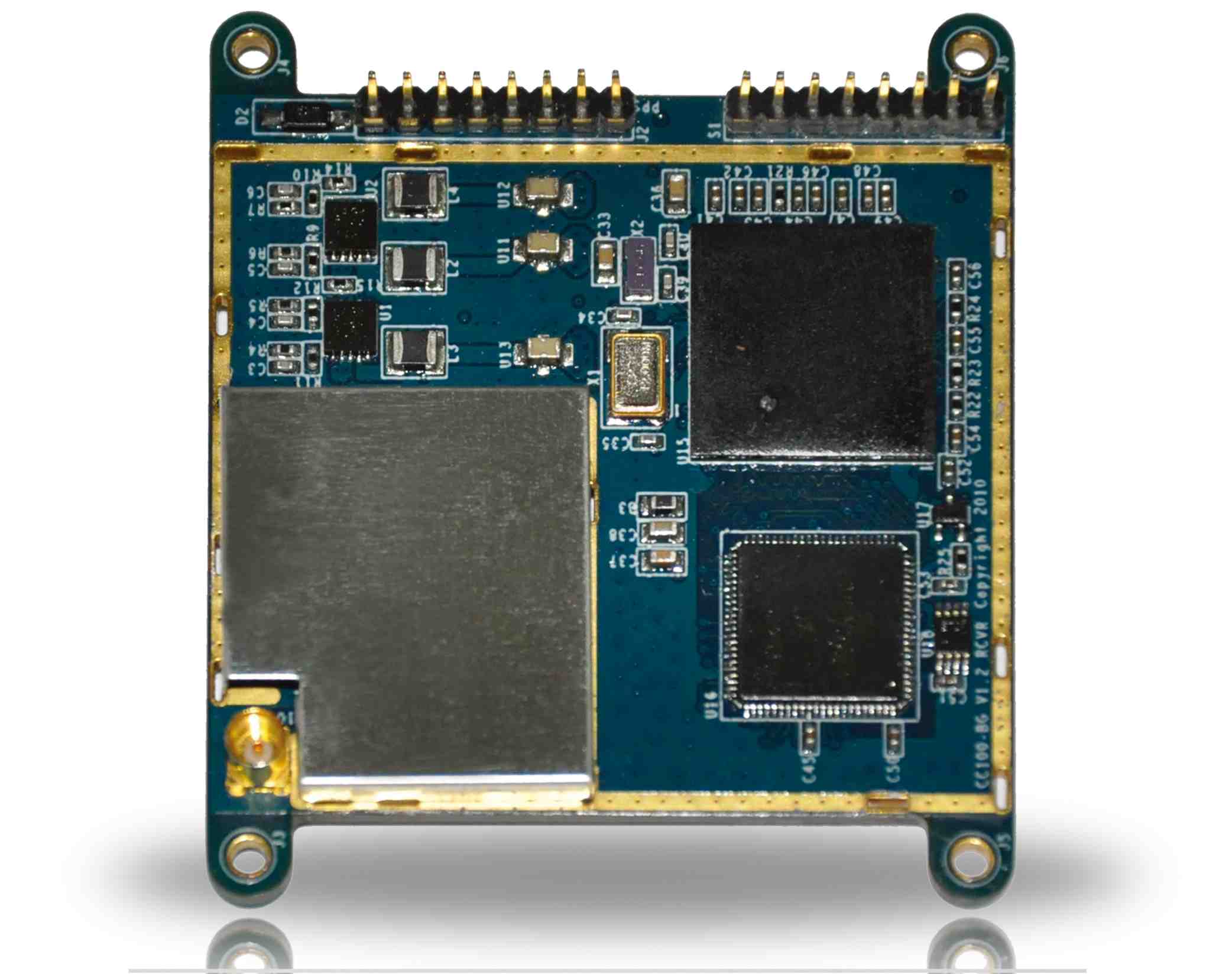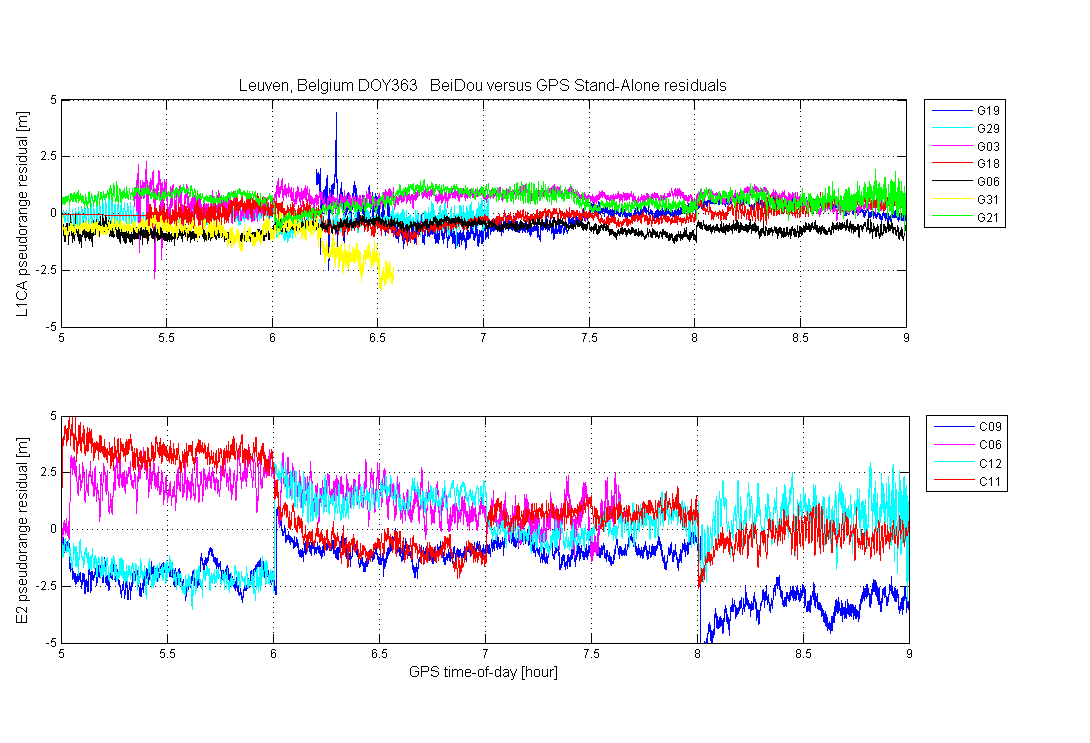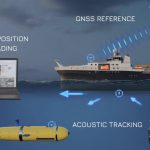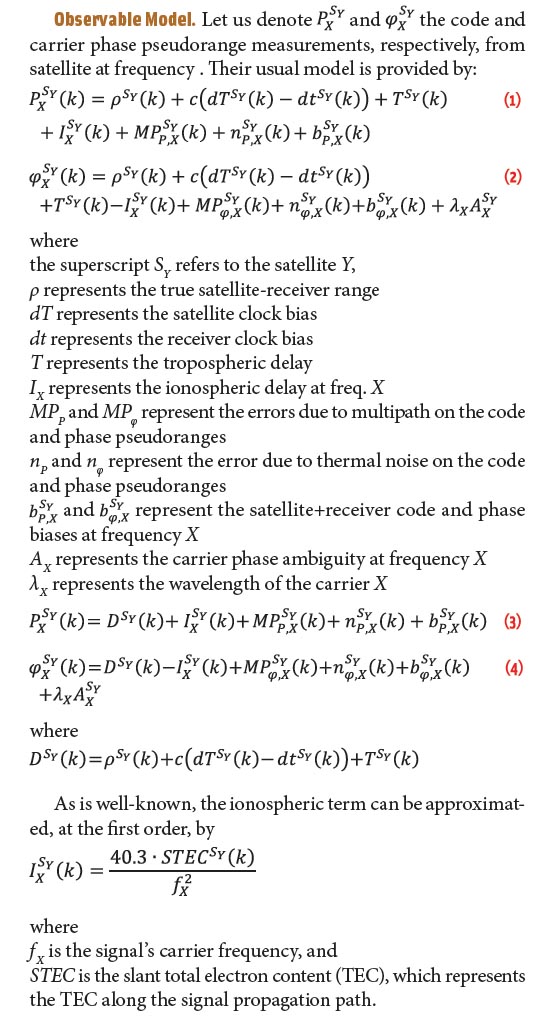 OlinkStar CC100-BG Beidou-GPS module
OlinkStar CC100-BG Beidou-GPS moduleDespite the absence of official published specifications for China’s Compass/Beidou-2, a number of GNSS companies have announced plans to build Compass-capable receivers — in some cases “future-proofing” their products so as to be upgradeable when a Beidou-2 Interface Control Document becomes available.
Despite the absence of official published specifications for China’s Compass/Beidou-2, a number of GNSS companies have announced plans to build Compass-capable receivers — in some cases “future-proofing” their products so as to be upgradeable when a Beidou-2 Interface Control Document becomes available.
But one Chinese company — OlinkStar Co. Ltd. — has moved into the marketplace with a line of GNSS products that can use signals currently being transmitted by some of the five Beidou-2 satellites already on orbit.
A 60-employee private company founded in Beijing China, in 2004, OlinkStar exhibited a variety of products based on its 32-channel OTrack-32 GNSS baseband processor chip at last month’s ION GNSS 2010 in Portland, Oregon. It was the first time that a Chinese company had exhibited Beidou-2 products at the Institute of Navigation event.
Designed in a QFN88 (10×10 millimeter) package, the OTrack-32 allows various configurations of GPS and GLONASS L1 and dual-frequency Compass signals, with the latter being the Beidou-2 Phase II B1 and B2 signals centered at 1561.098 MHz and 1207.14 MHz, respectively, with QPSK modulations. It supports position update rates of 1, 5, and 10 hertz.
The Phase II Beidou signals will be used by the regional system scheduled to be in place by 2012. Some Compass/Beidou signals will migrate to new frequencies and use different modulations in the full global configuration of Compass/Beidou-2 that China plans to have in place by 2020.
OTrack-32–based modules include the CNS100 series coupling Compass/Beidou-2 with either GPS (BG) or GLONASS (GG) and measuring 88x57x13 millimeters (length/width/height), and a new series of modules named CC100 — again, in either BG or GG versions — with a size of 54x47x9 millimeters.
OlinkStar’s Beidou products involve include system on a chip designs, receivers, signal simulators, inertial-augmented integrated systems, and R&D tools. According to the company, their products are already widely used in China in the fields of navigation, survey, machine control, timing, and multimedia.
OlinkStar’s CEO is Zhang Junlin and the company’s CTO is Dr. Wang Hansheng, a graduate of Beijing’s Tsinghua University. Zhang studied at Stanford University and is an FAA-supported graduate of the GPS Lab there. (In a December 2006 training course in Beijing on use and applications of GNSS, he offered presentations on GNSS products made in China and on GNSS receiver technology and development took kits.)





